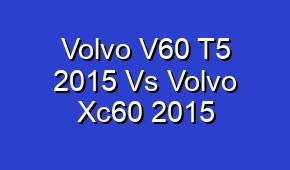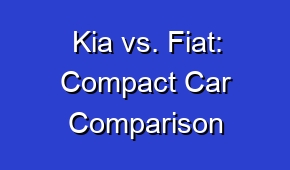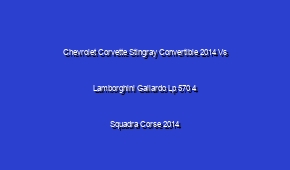Fiat Doblo 1 4 2014 Vs Fiat Bravo 2014

Compare the Fiat Doblo 1.4 2014 model with the Fiat Bravo 2014 model to determine which one suits your needs better. Discover the key differences and similarities between these two popular Fiat vehicles.
| Feature | Fiat Doblo 1.4 2014 | Fiat Bravo 2014 |
|---|---|---|
| Engine | 1.4L Petrol | 1.4L Petrol |
| Horsepower | 95 hp | 90 hp |
| Torque | 127 Nm | 115 Nm |
| Transmission | 5-speed Manual | 6-speed Manual |
| Fuel Efficiency | 6.5 L/100km | 5.8 L/100km |
| Seating Capacity | 5 | 5 |
| Cargo Space | 790-3200 liters | 400 liters |
| Length | 4390 mm | 4340 mm |
| Width | 1832 mm | 1792 mm |
| Height | 1845 mm | 1496 mm |
| Weight | 1370 kg | 1210 kg |
| Front Suspension | Independent MacPherson Struts | Independent MacPherson Struts |
| Rear Suspension | Torsion Beam | Torsion Beam |
| Front Brakes | Disc | Disc |
| Rear Brakes | Drum | Disc |
| ABS | Yes | Yes |
| Airbags | Driver and Passenger | Driver and Passenger |
| Central Locking | Yes | Yes |
| Power Steering | Yes | Yes |
| Air Conditioning | Yes | Yes |
Engine
The Fiat Doblo 1.4 2014 and Fiat Bravo 2014 both come with a 1.4L petrol engine, providing decent power for their respective models.
Horsepower
The Doblo offers slightly higher horsepower at 95 hp compared to the Bravo’s 90 hp, giving it a slight advantage in terms of performance.
Torque
With 127 Nm of torque, the Doblo delivers more twisting force than the Bravo’s 115 Nm, resulting in better acceleration and pulling power.
Transmission
The Doblo features a 5-speed manual transmission, while the Bravo offers a 6-speed manual transmission, providing an extra gear for smoother shifts and better fuel efficiency.
Fuel Efficiency
While the Doblo has a fuel efficiency of 6.5 L/100km, the Bravo boasts better fuel economy at 5.8 L/100km, making it more cost-effective in the long run.
Seating Capacity
Both vehicles have a seating capacity of 5, providing ample space for passengers during daily commutes or family trips.
Cargo Space
The Doblo offers a versatile cargo space ranging from 790 to 3200 liters, while the Bravo has a more limited cargo capacity of 400 liters, making the Doblo more suitable for hauling larger items.
Dimensions
The Doblo is slightly longer at 4390 mm compared to the Bravo’s 4340 mm, while the Bravo is narrower at 1792 mm compared to the Doblo’s 1832 mm. The Doblo also has a taller height of 1845 mm, providing more headroom.
Weight
The Doblo weighs 1370 kg, slightly heavier than the Bravo’s 1210 kg. The weight difference may impact handling and fuel efficiency.
Suspension
Both vehicles feature independent MacPherson struts for the front suspension and torsion beam suspension for the rear, providing a comfortable and stable ride.
Brakes
While the Doblo has disc brakes for the front and drum brakes for the rear, the Bravo features disc brakes for both the front and rear, offering better braking performance.
ABS and Airbags
Both vehicles are equipped with ABS for enhanced safety and airbags for the driver and passenger, ensuring protection in the event of a collision.
Central Locking, Power Steering, and Air Conditioning
Both the Doblo and Bravo come with central locking, power steering, and air conditioning, providing convenience and comfort for the occupants.





















